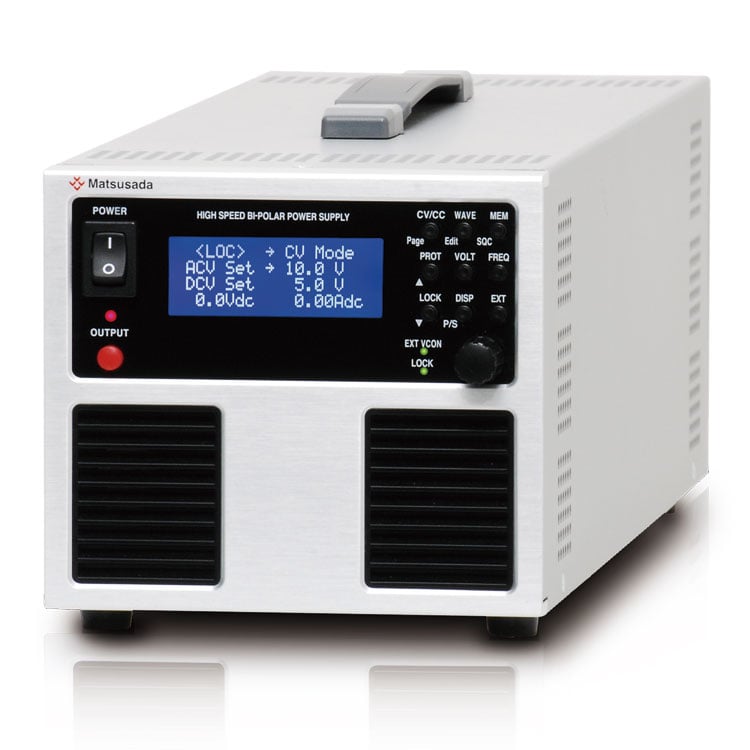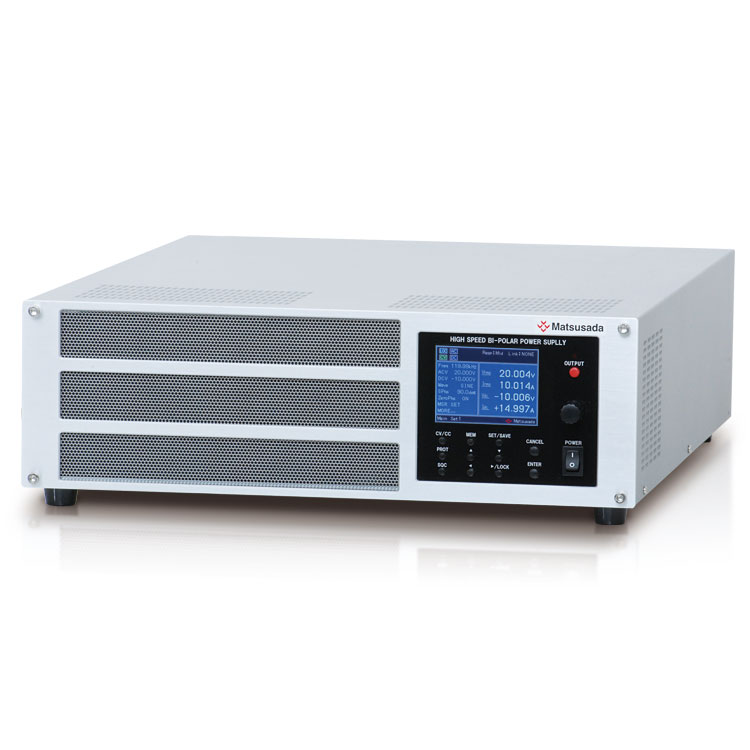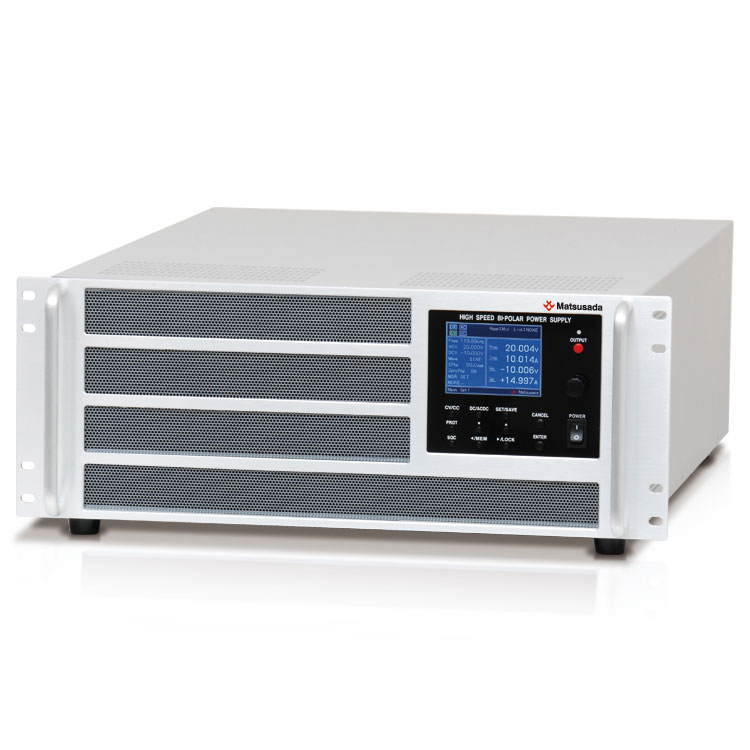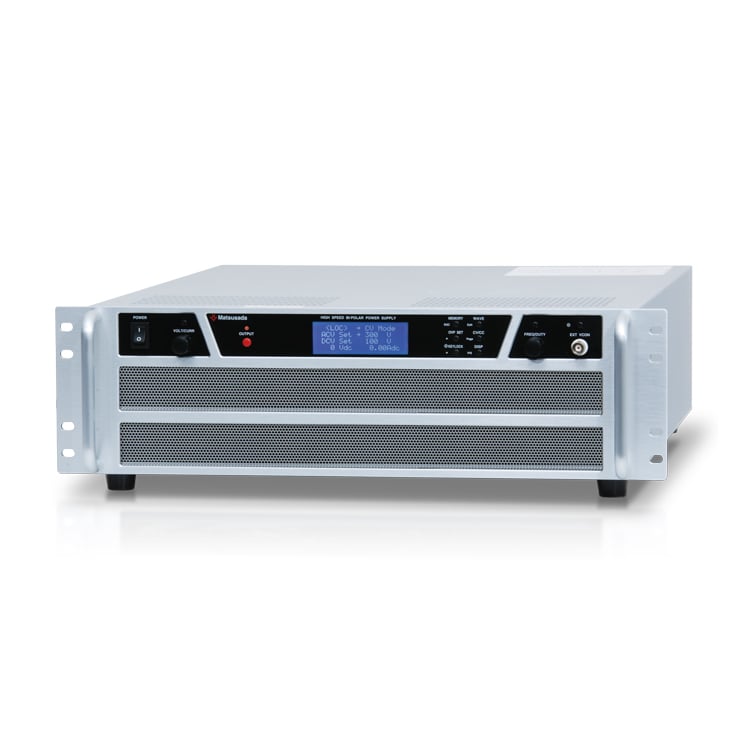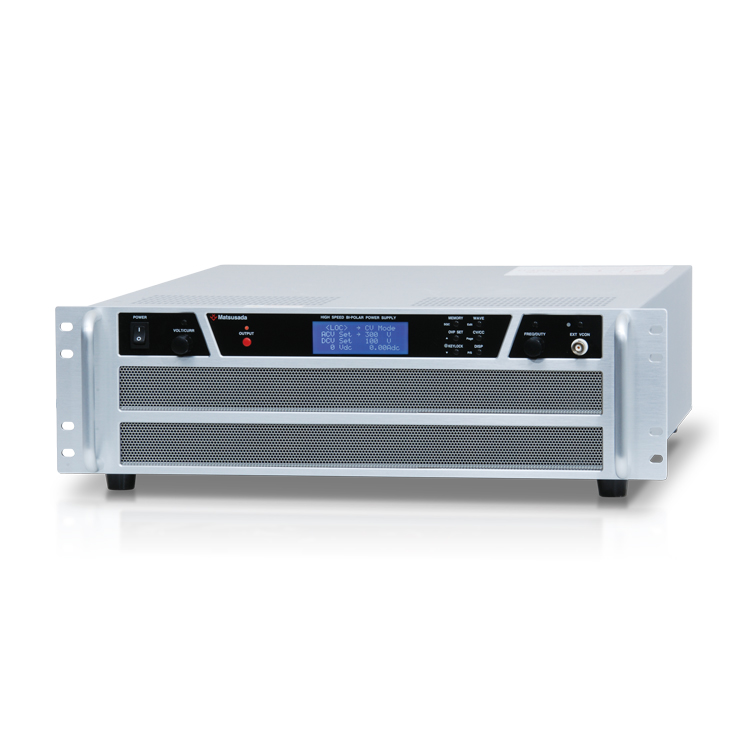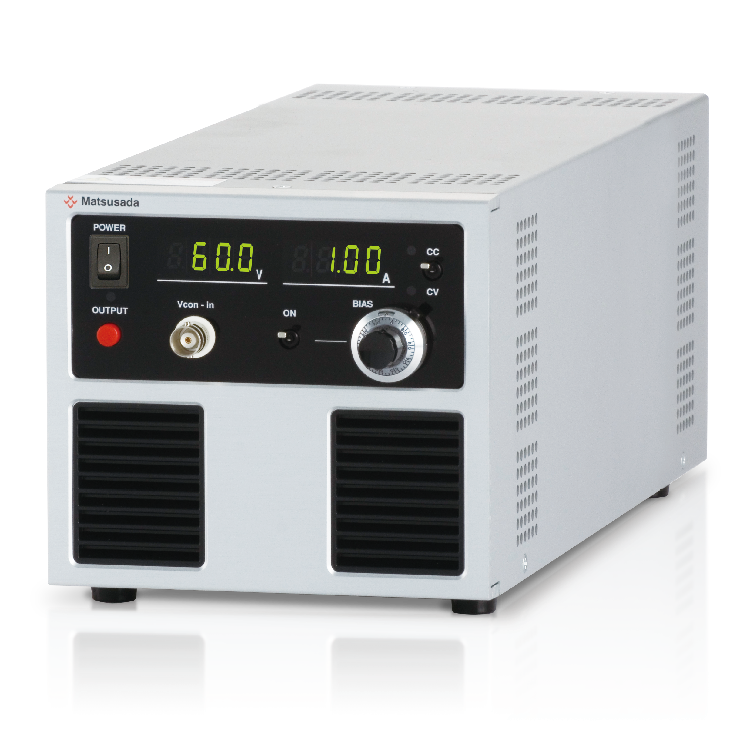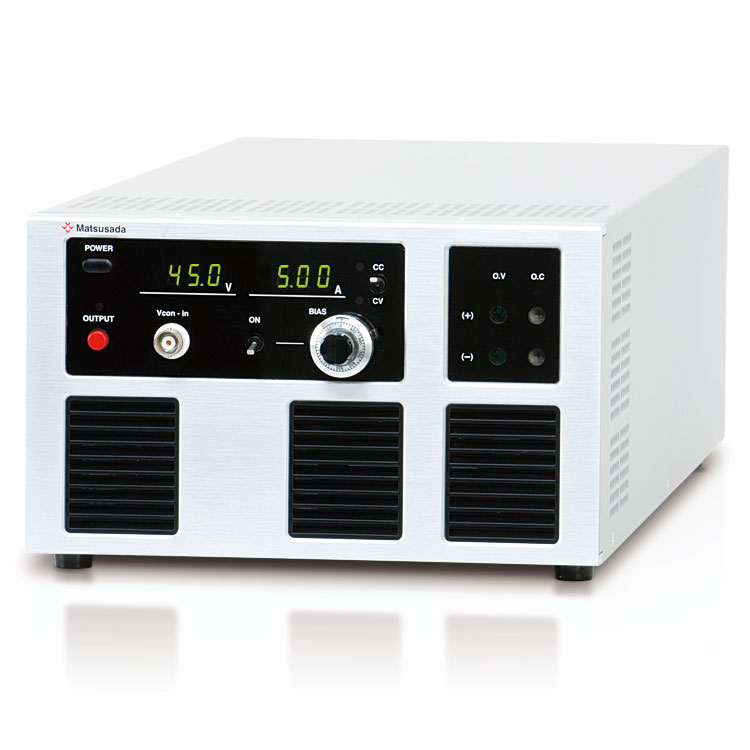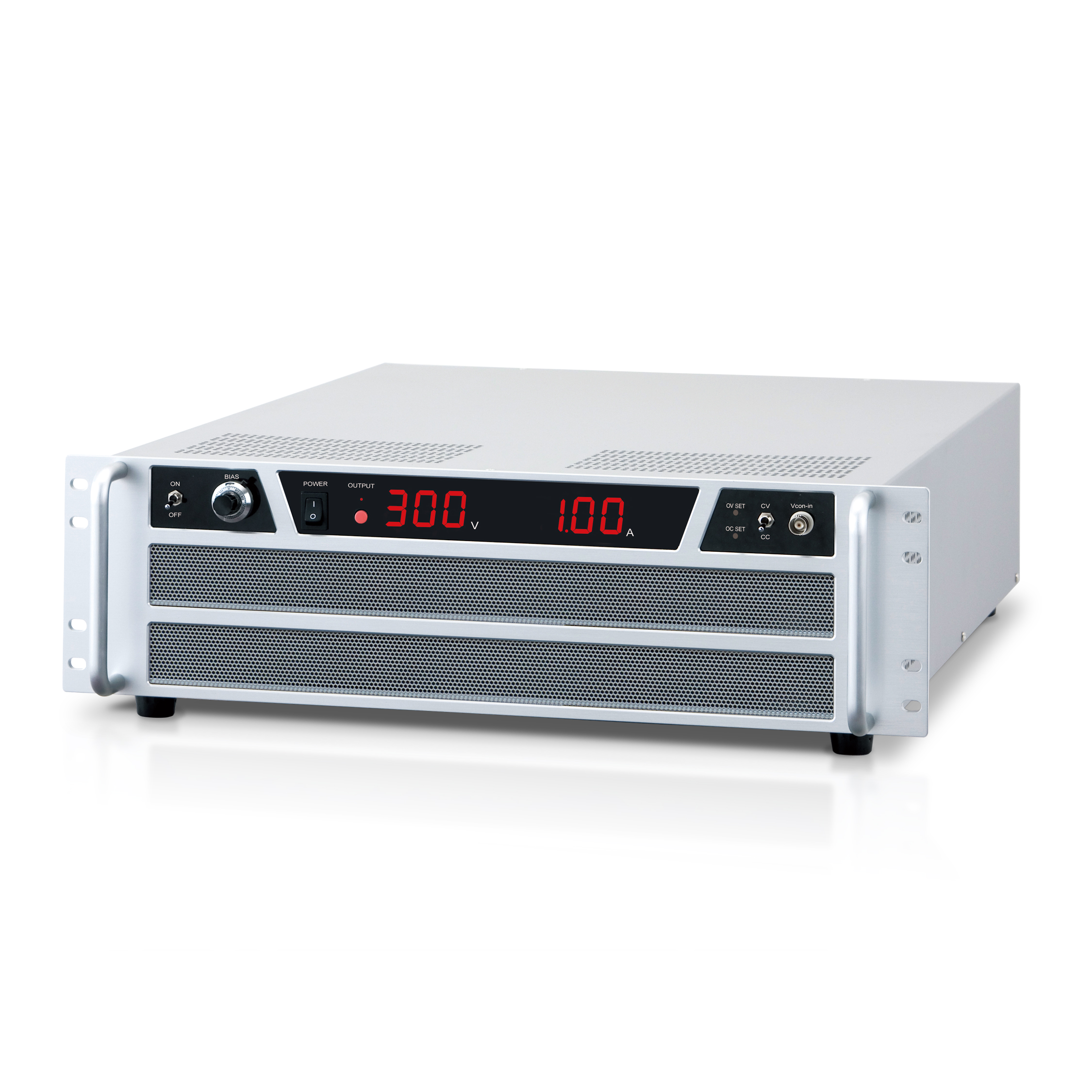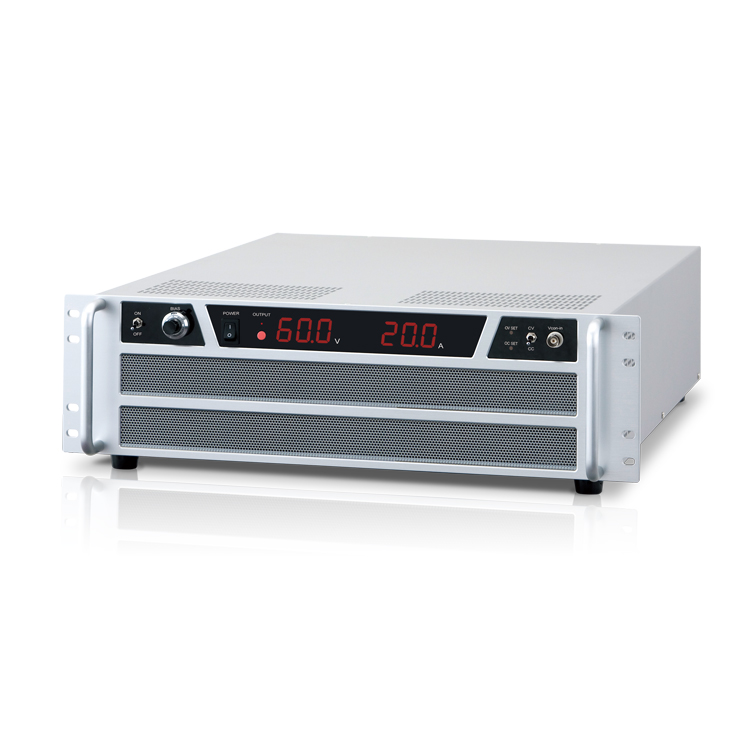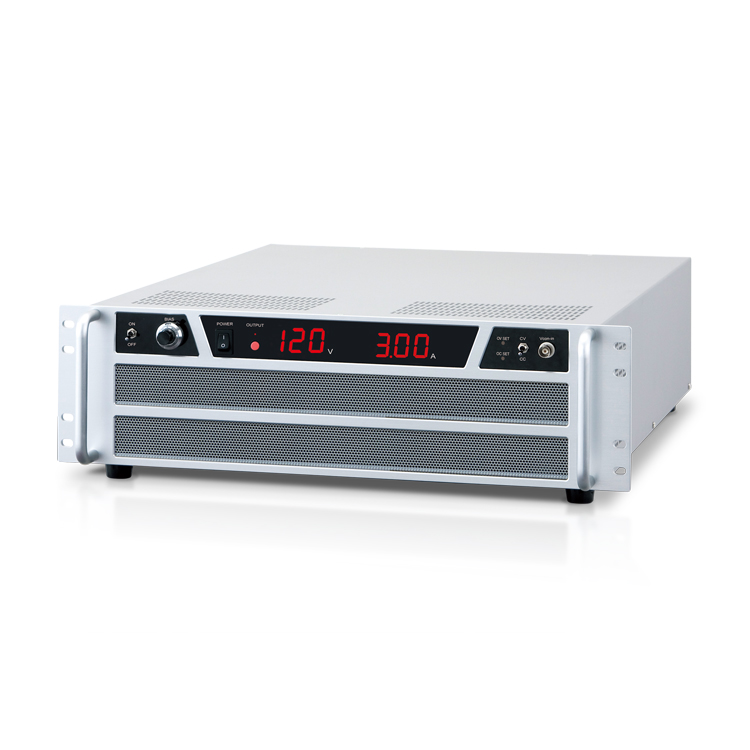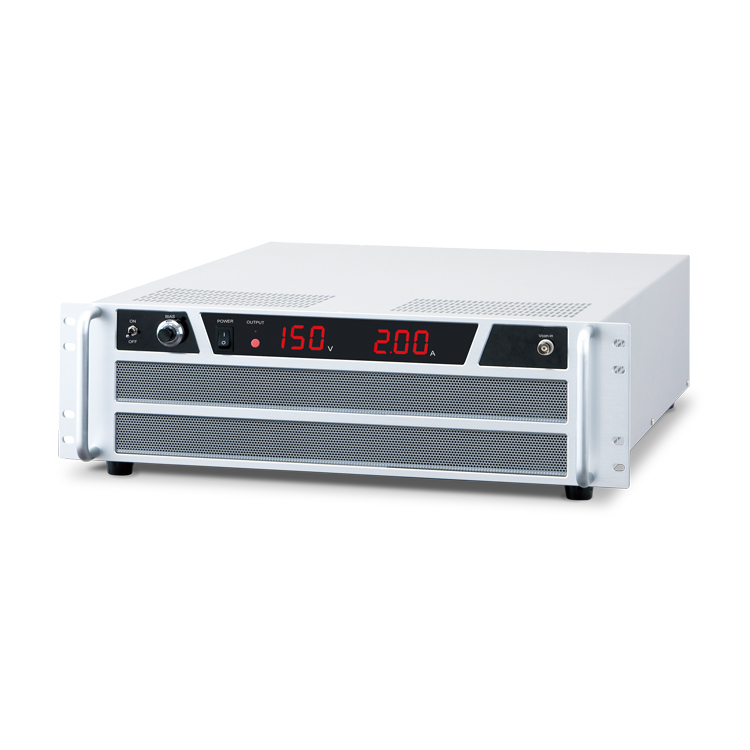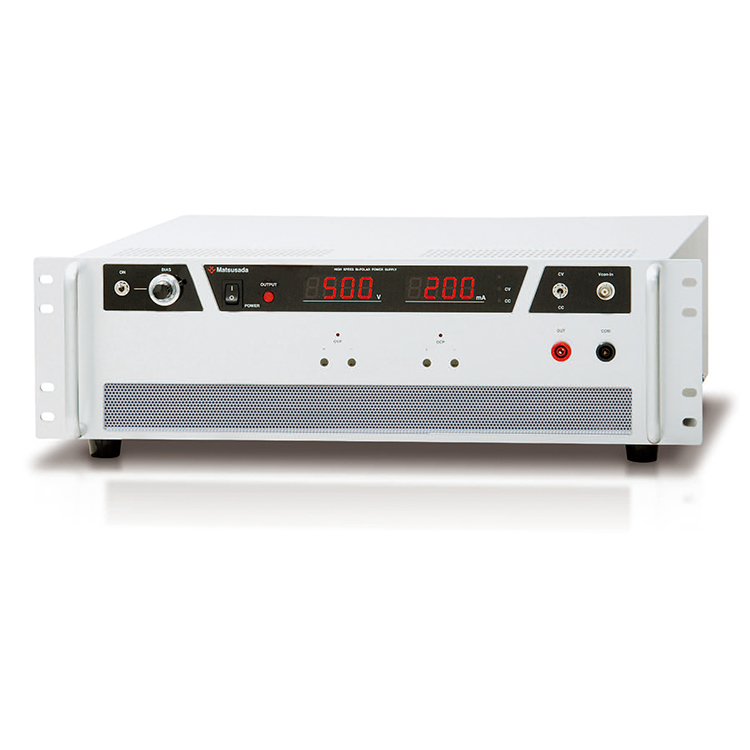Four-quadrant in power supply equipment means a table of voltage and current represented by four segments of positive and negative voltage and current, respectively. Generally, the vertical axis is voltage and the horizontal axis is current, with positive voltage on the upper side, negative voltage on the lower side, positive current on the right side, and negative current on the left side.
Power supply equipment can be categorized into equipment in one quadrant, equipment covering two quadrants, and equipment covering four quadrants. Equipment in the first quadrant will be positive voltage and positive current, i.e., it will operate as a power source.
In a high-voltage power supply, the positive output power supply in the first quadrant and the negative output power supply in the third quadrant are different products. In other words, it is important to note whether it is a positive or negative power supply. A low-voltage DC power supply can be used to switch between the first and third quadrants depending on whether the positive or negative pole is grounded.
A device covering two quadrants, the first and second quadrants, can operate with positive voltage and positive and negative current (source and sink). This device is called a bi-directional power supply, and in particular, a power supply that can regenerate power to the input side is called a regenerative power supply.
The equipment covering the four quadrants can operate as a source (power supply) and sink (load) for both positive and negative voltages and currents. The devices covering these four quadrants are bipolar power supplies.
Bipolar power supplies can also be used as high-speed DC power supplies. Compared to general DC power supplies, the advantage is a wider range of output and high-speed operation.
Bipolar power supplies support capacitive and inductive loads and are used as power supplies for high-frequency ripple testing of capacitors and for impedance measurement when high voltages are applied.
SOURCE:The direction of voltage and current is same(supply). SINK:The direction of voltage and current is opposite(absorption).

Unipolar DC power supply, Positive polarity High Voltage Power Supply

Unipolar DC power supply, Negative polarity High Voltage Power Supply

AC power source, Reversible polarity high voltage power supply (Auto-reversing high voltage power supply), Dual polarity dc power supply

DC electronic load

Bidirectional DC Power Supplies (Regenerative DC Power Supplies), Battery Cycle Tester

Four-quadrant bipolar power supply, bipolar Amplifier, High Voltage Amplifier




